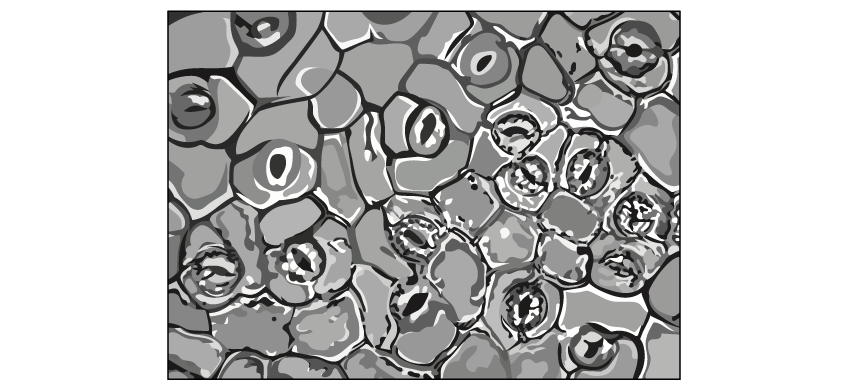Fig. 2.1 shows a naked mole rat, Heterocephalus glaber.
Fig. 2.1
The naked mole rat is a mammal. However, it has several features that are unusual for mammals.
Naked mole rats regulate their temperature in a way that is different from most mammals.
(i) Some features of thermoregulation in naked mole rats are listed below:
They live in complex underground tunnel systems, which tend to have a stable temperature of 30–32 °C. However, sometimes the environmental temperature can increase or decrease outside this range.
In experiments that examine environmental temperature changes, the core body temperature of naked mole rats remains close to that of the environmental temperature.
When tunnel temperature increases they often move to cooler parts of the tunnel system.
When tunnel temperature decreases they often lie together in large groups.
Outline two ways in which thermoregulation in naked mole rats is different from thermoregulation in most mammals.
[2]
(ii) In humans, when core body temperature falls below 35 °C, positive feedback causes this decrease in core body temperature to continue. This process is known as hypothermia.
Explain how positive feedback could accelerate the process of hypothermia.
[4]
(iii) Mammals, including naked mole rats, have temperature receptors that play a role in thermoregulation.
The table below lists four statements about mammalian temperature receptors.
Write either ‘true’ or ‘false’ in the empty boxes to indicate whether each statement is true or false.
Statement | True or False? |
Peripheral temperature receptors detect the temperature of internal organs | |
Receptors in the hypothalamus detect core body temperature | |
Blood temperature is detected by the receptors in the hypothalamus | |
Temperature receptors send impulses to the medulla oblongata, which regulates body temperature | |
[2]









